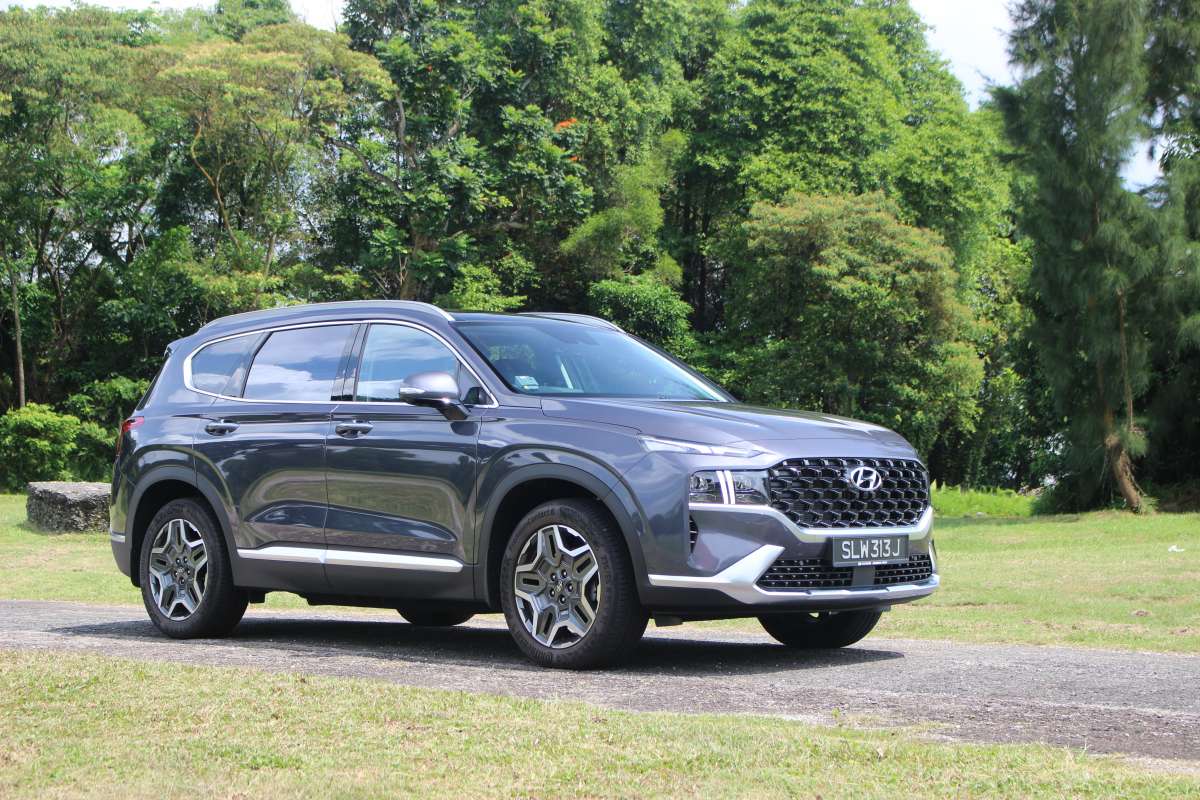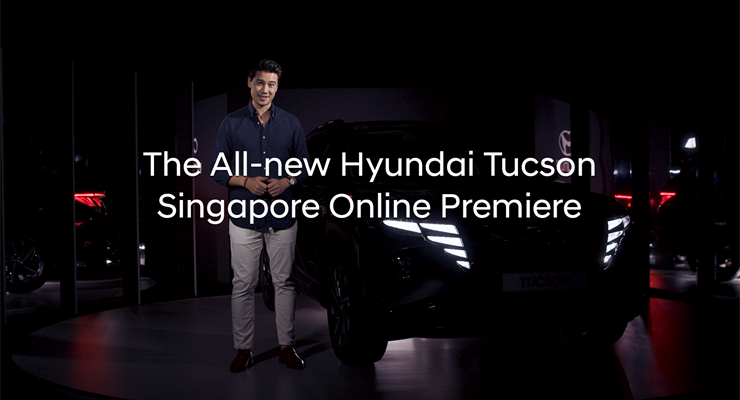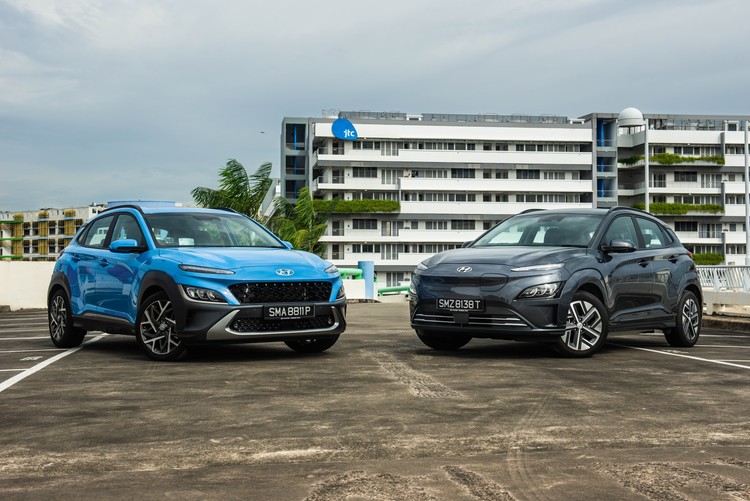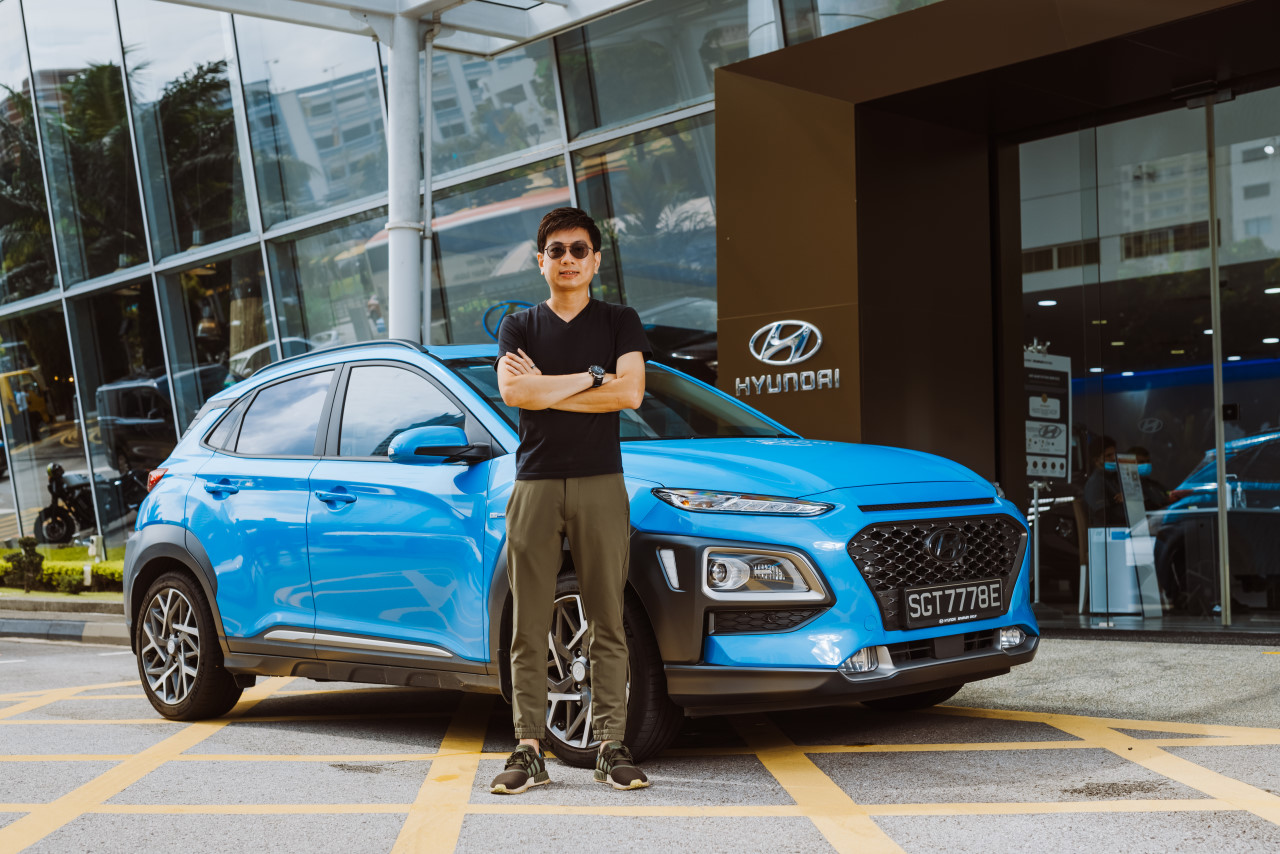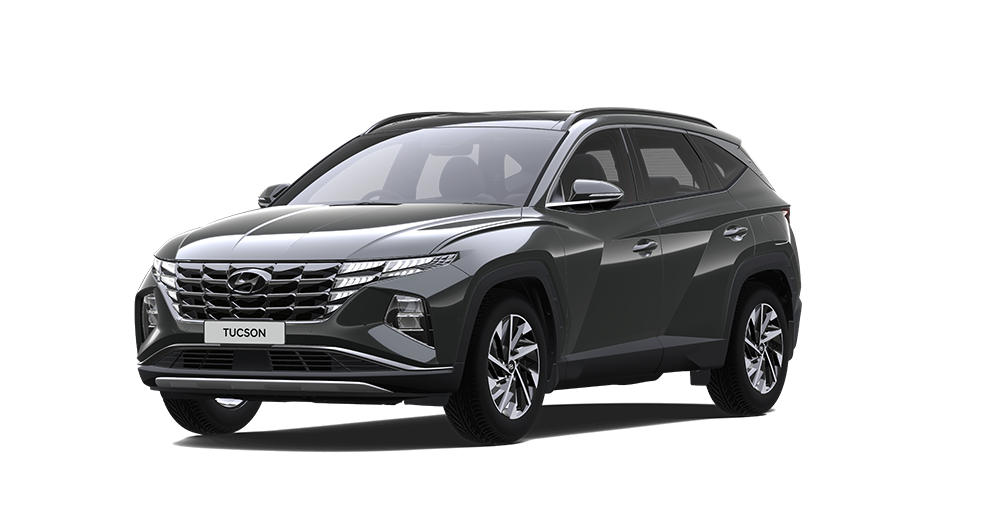Most car facelifts are relatively minor jobs, generally just a few styling tweaks here, and a new feature there, and that’s that. The facelifted Hyundai Santa Fe here however boasts quite an extensive slate of changes, so much so that it might as well be an all-new model altogether.
Ironically, for this massively updated Santa Fe, it is the styling which receives the most subtle changes. There is a new, much larger front chrome grille, which now melds with the headlights, and at the rear there is a lighting reflector bar that stretches between the pair of taillights. But other than that, the overall shape and silhouette of the Santa Fe remains pretty much untouched.
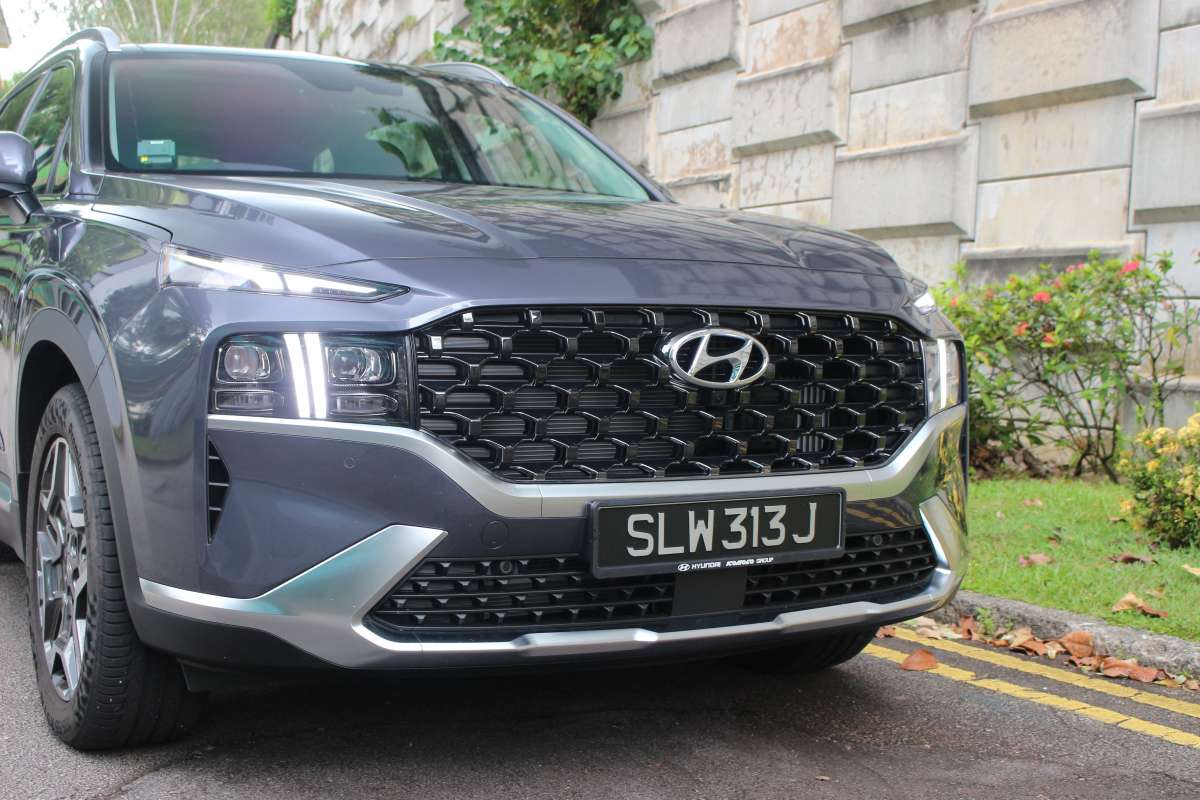
The interior however has been completely revamped. A new 10.25-inch infotainment touchscreen takes pride of place on top of the dashboard, while the centre console is now of the thick-set, slanted-at-an-angle variety, a design that brings to mind the likes of the Porsche Panamera. The gear selector has also now morphed from the traditional stick into a series of buttons, and it’s clear that Hyundai is trying to transform the Santa Fe into a more premium and upmarket product.

But it’s under the skin where the Santa Fe gets its most significant changes though. While this car is technically a mid-life update, it actually sits on a new platform, one that is shared with its Kia Sorento cousin. This particular platform is said to be lighter but stiffer, offering improved drivability while enhancing crash safety.
The main benefit of this new platform though is its ability to accommodate a hybrid drivetrain, with space to incorporate the associated batteries and motors accordingly. And as a result, this facelifted Santa Fe is now also the first one to be offered with hybrid power, a development which would bode well for its market competitiveness given the cost savings that might result.
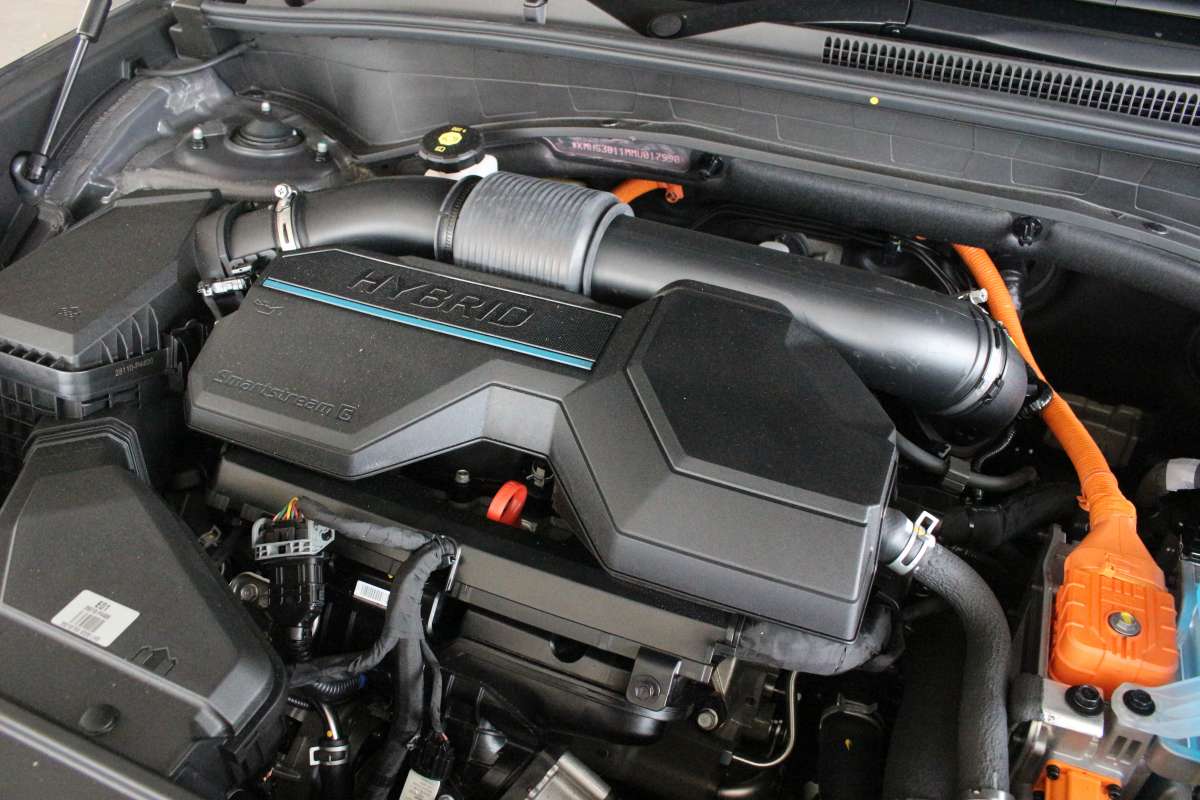
The drivetrain is essentially the same one as the new Hyundai Tucson Hybrid, which means a 1.6-litre turbocharged four-cylinder engine that produces 180hp on its own, but a total of 230hp and 265Nm of torque when combined with the 44.2kW electric motor. With this setup, the Santa Fe Hybrid is able to go from 0-100km/h in 8.9 seconds, and reach a top speed of 187km/h.
It sounds impressive, but as a driving proposition, the Santa Fe mostly plays it safe. It’ll be a stretch to say that it struggles to get up to speed, but it certainly feels like it takes its time, given that it has 1.8 tonnes of car to haul around. Then again, a car like this is not really meant to be a sprinter anyway, and the Santa Fe’s leisurely behaviour is very much in keeping with its intended purpose.
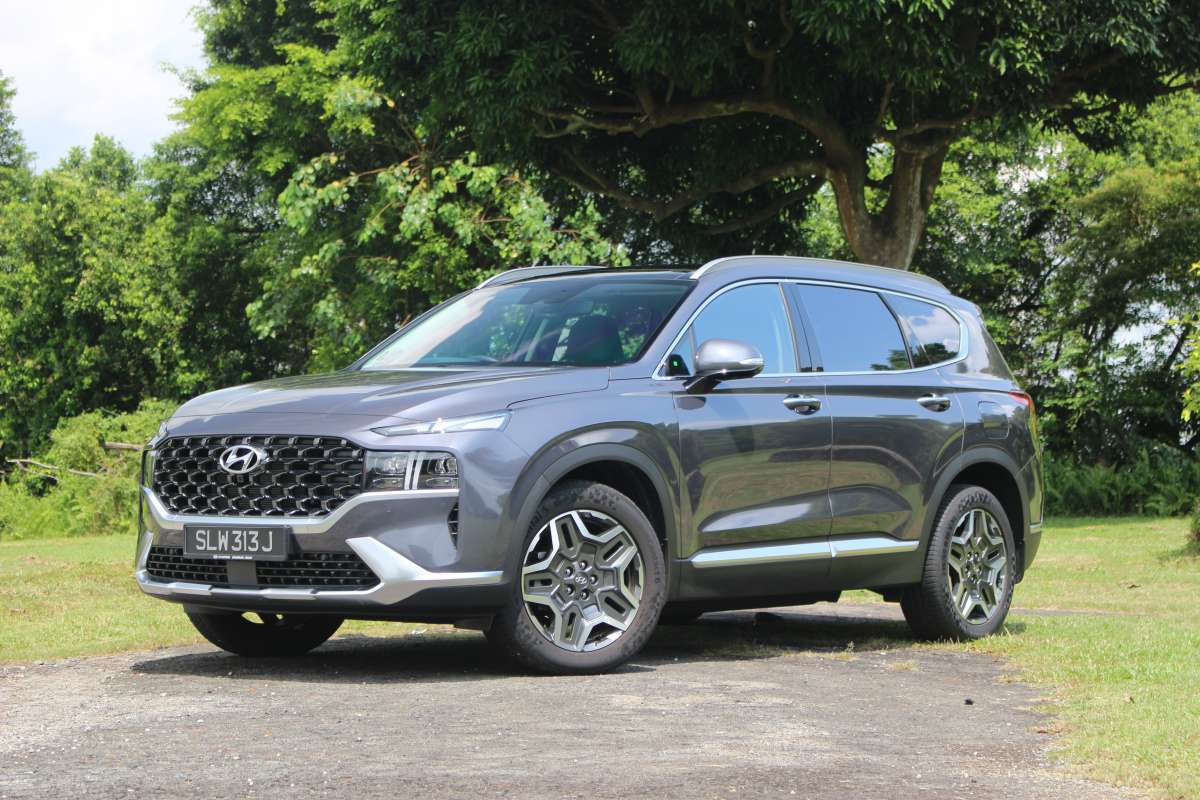
In the same vein, the car is also fairly unremarkable to drive enthusiastically. It behaves mostly in a calm and composed manner, but push it too hard and the car starts to protest, with noticeable body roll and the car’s heft making it known to you that it much prefers you to back off and take it easy. Drive this car like a regular person would though and you’ll probably find little to complain about.
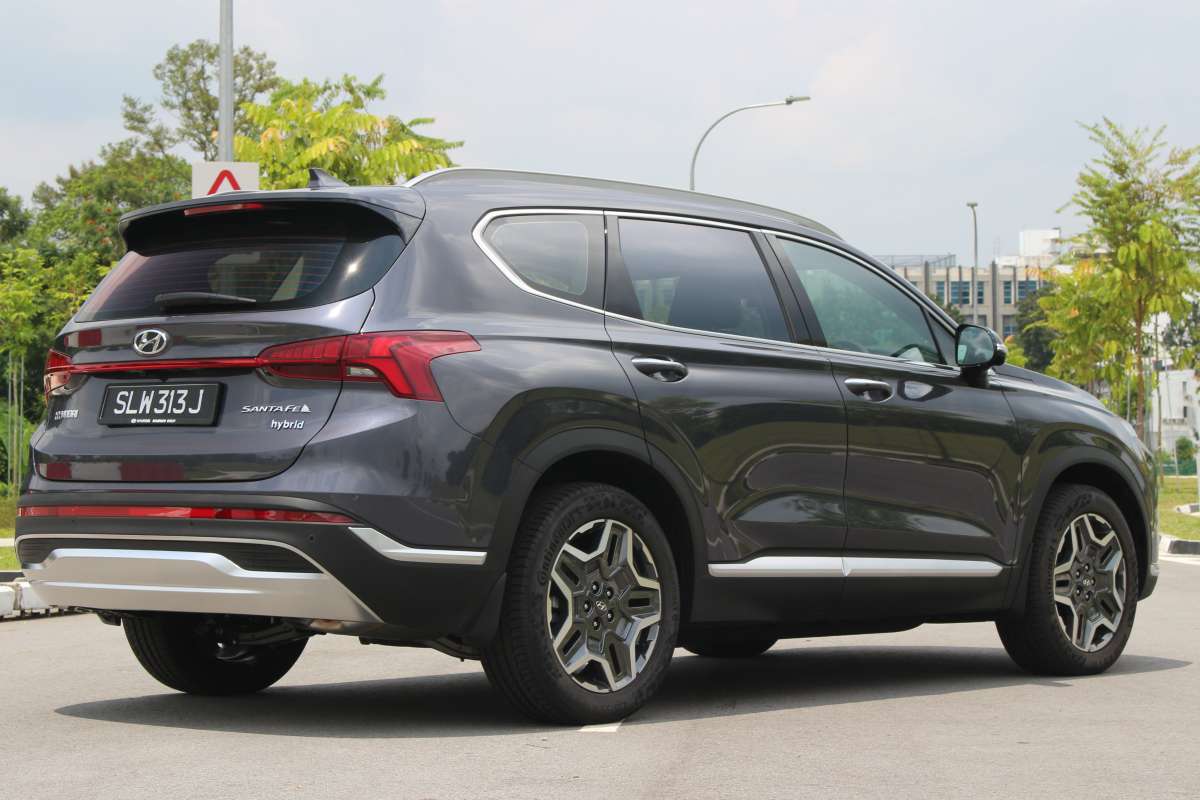
In any case, driving it in a relaxed fashion allows you to make the most out of the Santa Fe’s hybrid powertrain. Hyundai quotes an average of 5.5L/100km of fuel consumption, which you can probably achieve with fairly gentle driving. But even if you’re not particularly light-footed, figures in the 6s are realistically achievable, which is testament to how far hybrid technology has come in recent times.
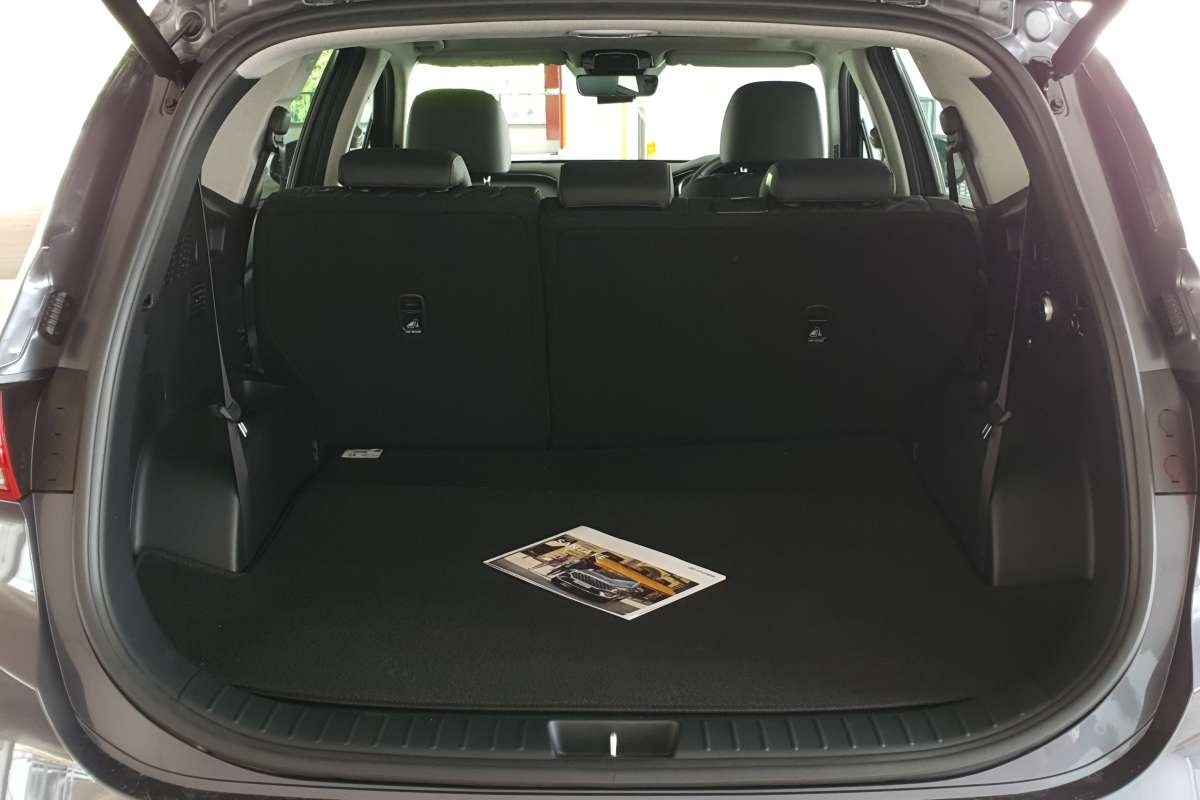
As a family SUV, the Santa Fe does tick plenty of boxes for its intended customer base. It boasts seating for seven, and plenty of space, with 730 litres of cargo capacity if the third row of seats are folded down. It is also fairly feature-packed too, like many modern Korean products of recent times.
Standard equipment include a wireless smartphone charger, powered tailgate, and a fancy blind spot camera that activates when you flick on the indicators, while the panoramic sunroof on our test car is a 10 grand option.
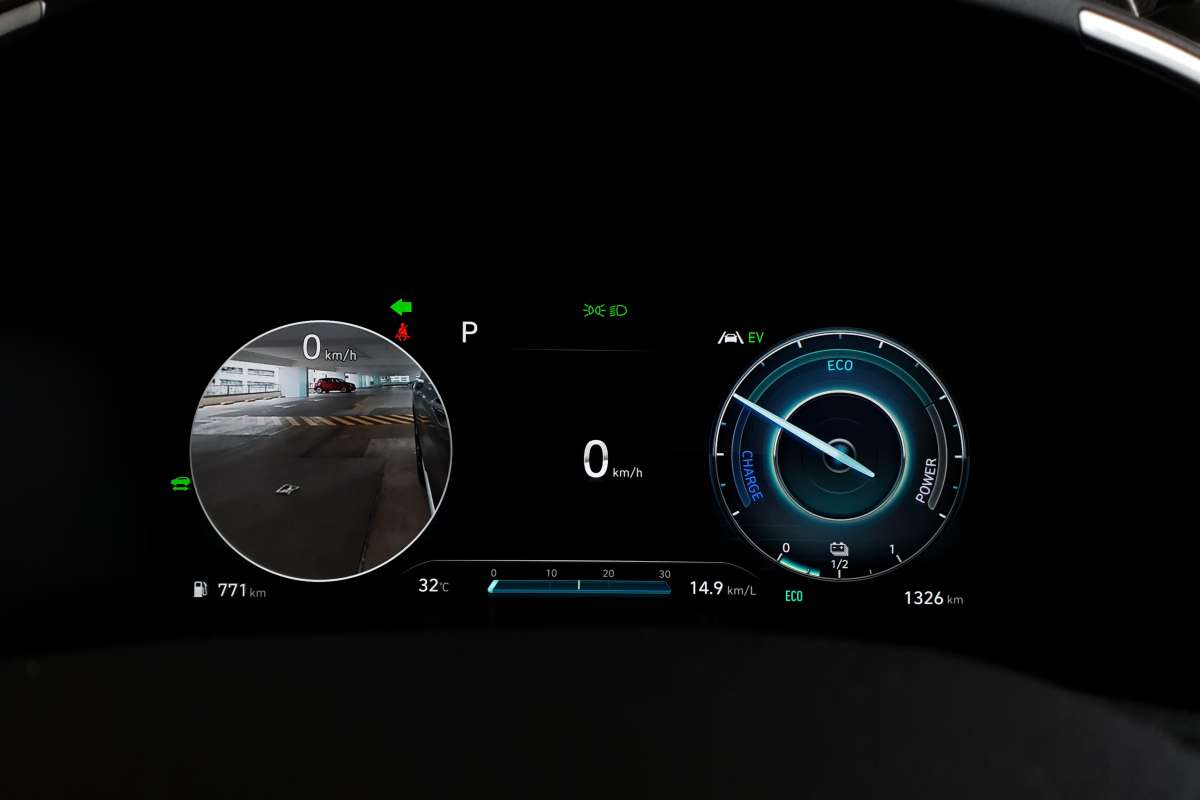
It also comes with Hyundai’s SmartSense suite of driver assistance technologies, which includes adaptive cruise control, lane keeping assist, forward collision assist, rear cross traffic collision assist, and blind spot collision assist. Essentially, the Santa Fe will do all it can to prevent you from ever hitting somebody else.
All of that comes at a price however, with the Santa Fe Hybrid costing you the better part of S$200,000, including COE. High COE premiums have not helped the Santa Fe’s cause, but then again it’s something that also affects everyone else anyway. Nevertheless, its proposition as a hybrid seven-seater SUV is currently unrivalled at this price point, and if that’s something you value, then the Santa Fe is certainly well worth considering.
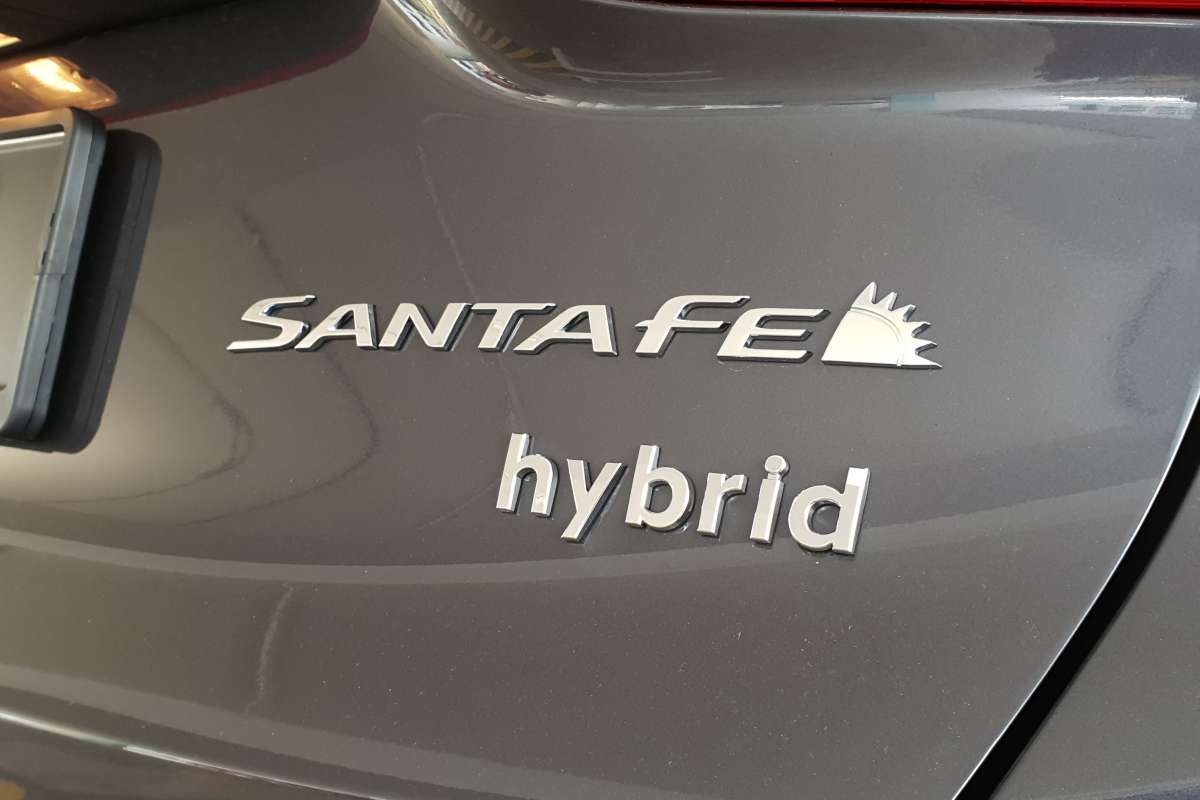
Hyundai Santa Fe Hybrid
Engine
1,598cc, inline 4, turbocharged
Power
180hp at 5500rpm
Torque
265Nm at 1500-4500rpm
Gearbox
6-speed automatic
Electric Motor
44.2kW
Battery
Lithium ion, 1.49kWh
System Power
230hp
System Torque
265Nm at 1500rpm (combined)
0-100km/h
8.9 seconds
Top Speed
187km/h
VES Banding
A2 / -S$15,000
Fuel Efficiency
5.5L/100km
Agent
Komoco Motors
Price
S$205,999 with COE
Availability
Now
Verdict
Extensively updated Santa Fe brings hybrid efficiency to its practical seven-seater SUV package
